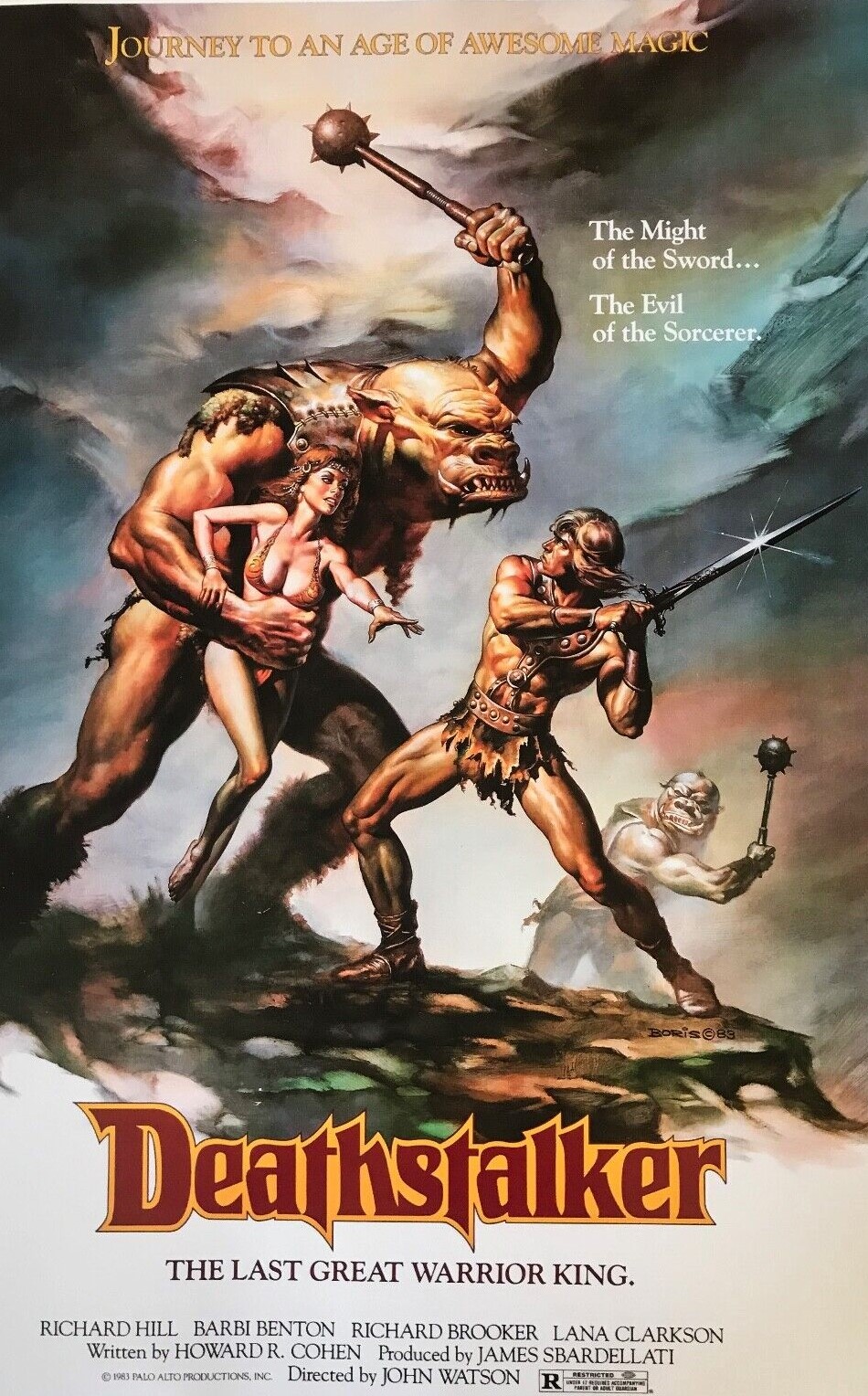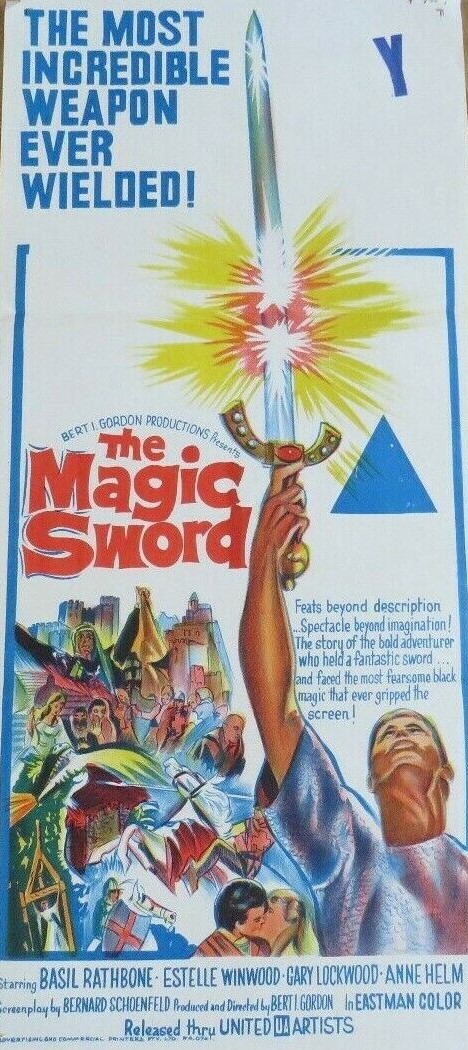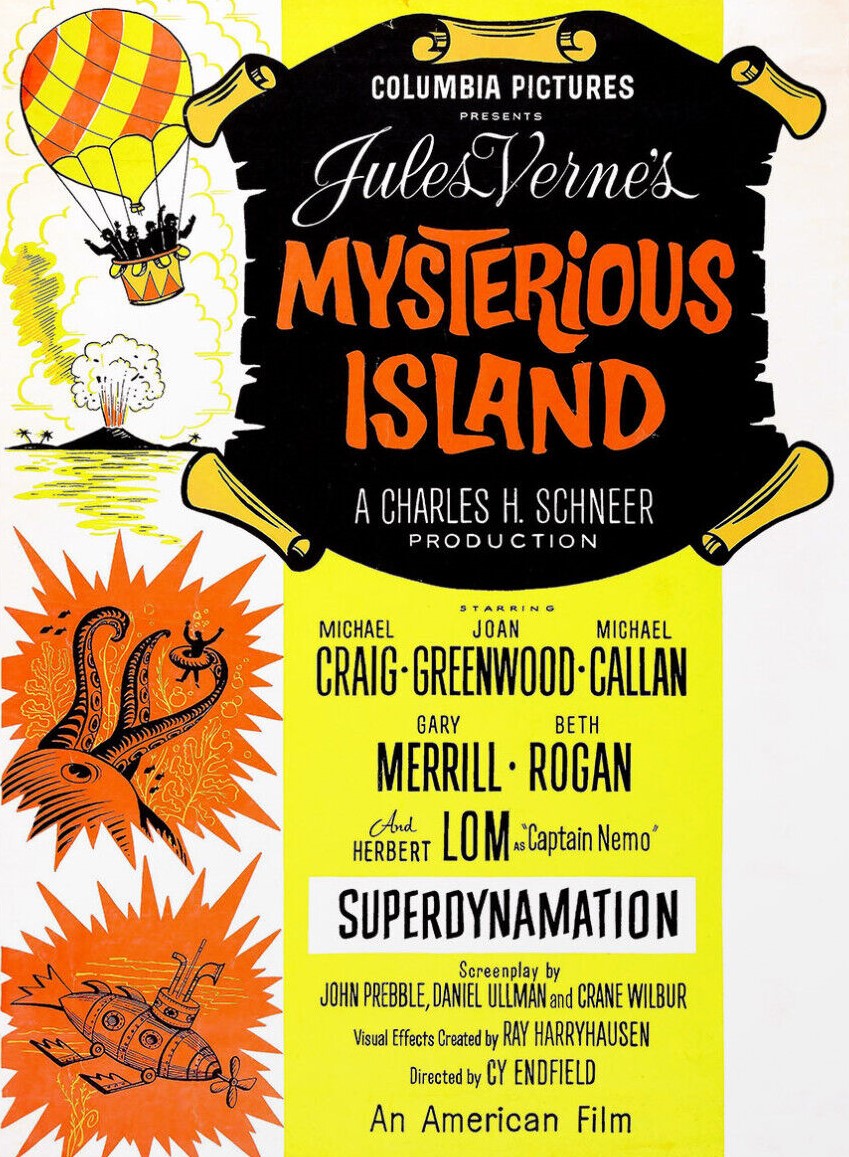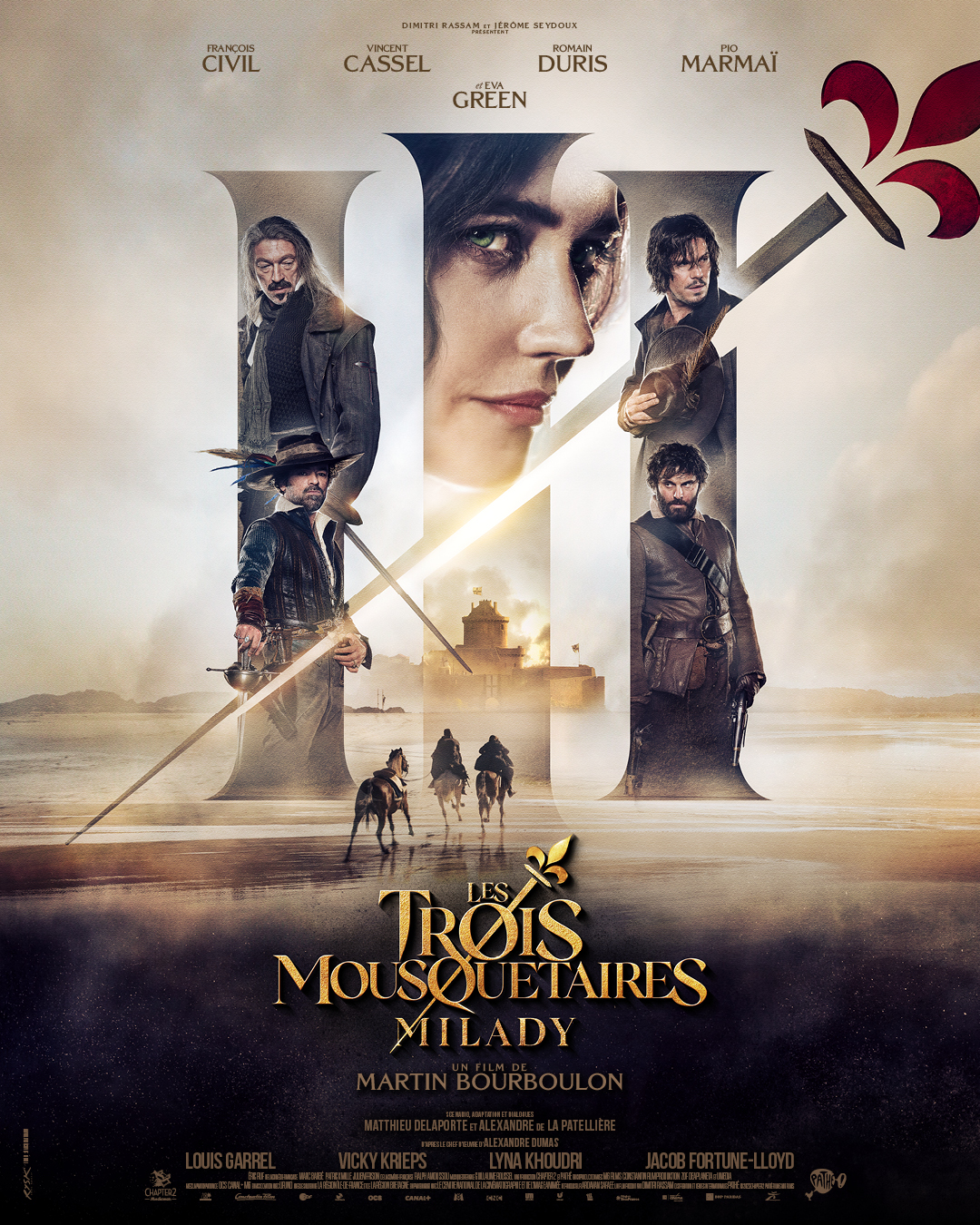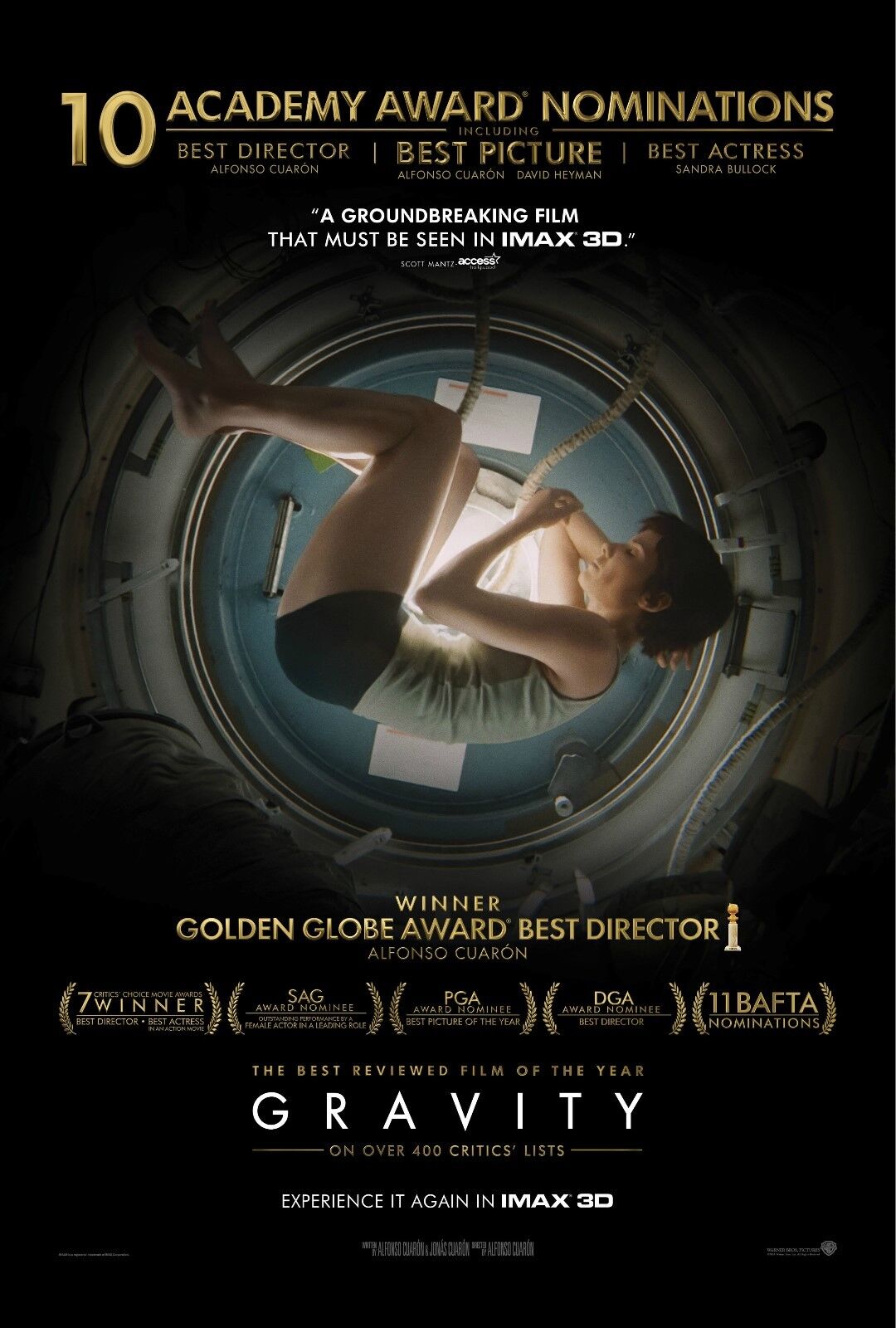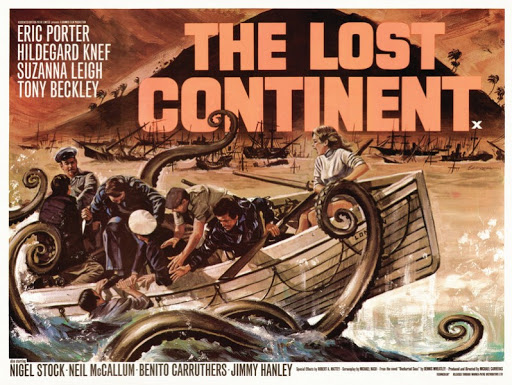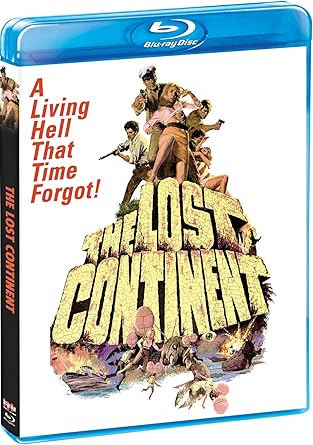Monster mash-up that delivers. Hollow Earth hits the target, a better parallel universe/ multiverse/monsterverse than all the other verses put together, not to mention it’s also of the versus inclination with any number of big beasties (I lost count to be honest) going head-to-head and super bonkers malarkey of giant apes riding prehistoric monsters. Plus, if you’re of a sentimental nature, and given that this week I’ve been hit from all side by tales of a maternal bent, whose heart would not give a whimper to see big bad Godzilla all curled up for the night in the Colosseum in Rome. Or for that matter Kong taking a paternal interest in a bad wee mini-Kong. Compared to the emotions stirred by these giants, boffin Ilene (Rebecca Hall) struggling with her maternal issues comes over as rammed-in and wishy-washy.
Having taken Mother’s Instinct to ruthless task for its illogical plotlines, I am happy to do a complete somersault and let the monster punch-up off scot-free for all its inconsistencies and coincidences because, heck you know it, fun always triumphs. Plus we’ve got a hippie vet Trapper (Dan Stevens) who, despite awkward accent and Hawaiian shirt, is loose enough to chill out straight-laced Ilene with podcaster du jour Bernie (Bryan Tyree Henry) on hand to add humor.

Throw in some Aztec/Inca-style ancient civilisation, the revival of another Japanese kaiju in Mothra, people who communicate with telepathy, all sorts of daft exposition, Godzilla snorting up radiation like it was coke, pyramids of various kinds, more rabbit holes than you could shake a bunny at, an ape that goes all Raiders of the Lost Ark with a whip made out of bones and full-on Planet of the Apes knockdown.
I’m not even going to bother with the plot, what I can remember of it, except to say Ilene and Trapper need to get Godzilla and Kong together to take on the giant ape villain and the monster he rode in on otherwise (guess what) (I think) the world as we know it (or at last this invented world) will cease to exist.
The humans do their best not to get in the way of the fun. Trapper is smart and glib and occasionally a genius and Ilene is smart but weighted down with maternity while the object of her affection is stuck with the where-do-I-belong trope and mostly stares off soulfully into the distance. It’s the monsters that bring the humanity. That little scamp of a baby giant ape takes some handling, always ready (literally) to bite the hand that feeds him while you gotta feel sorry for Godzilla having to tramp through all those cities that someone stuck in his way when all he wants is a nice nest close by a nuclear plant.

Plus we get ice ice baby. The bad ape’s chained prisoner blasts out ice instead of fire, like he’s an exile from the Night King, but at least he’s not like the latest Ghostbusters iteration that’s been heavily trumpeted in the trailer only not to appear till what seems like the last five minutes in order to give Bill Murray a weak punchline.
This was easily the best part of this week’s Quadruple Bill. I’m not even going to review Ghostbusters – it seems to have got lost in the family nonsense that’s infecting virtually every decent series, meaning we’ve now got to accommodate the size of casts that used to be an attraction in pictures like Lawrence of Arabia, but now feels like an overstuffed very threadbare cushion, and could we care less.
Adam Wingard (Godzilla vs Kong, 2021) directs though spare a nod for the CGI team.
Let’s hear it for these mean mothers.



